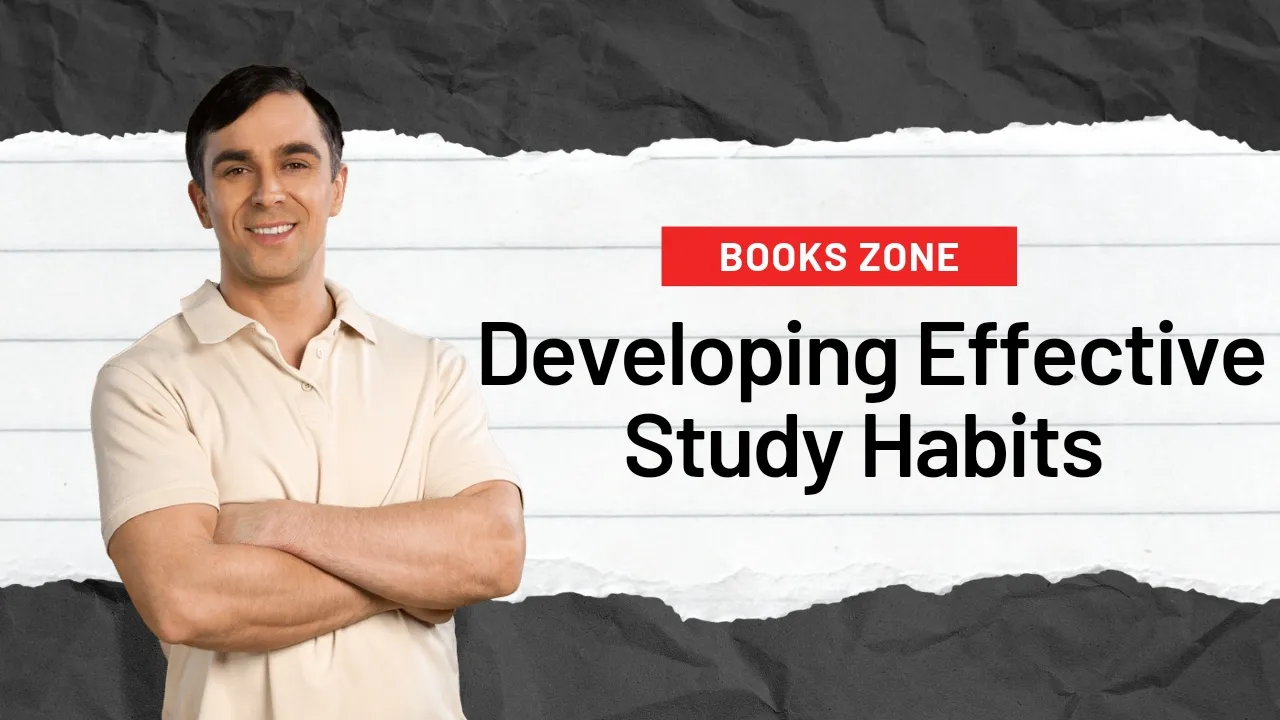We’ve all been there that panicked realization halfway through a test that your hand is tragically lagging behind your racing mind. The professor’s lock of disapproval as they collect papers from straggling students. For those of us cursed with glacially-paced penmanship, it can feel like an endless, awkward struggle against time itself.
Us tortoises have had to develop coping strategies, hard-earned tips and tricks to keep that written thought flow inching along at a functional clip. Because while flawless penmanship has its regal aesthetic, breezy handwriting speed is where it’s at for unbridled idea expression.
Let’s be honest sloppy first drafts aren’t just inevitable, they’re basically a sacred rite of creative passion. So to my fellow inelegant writers out there, embrace that freeing mentality as we explore handwriting hacks to leave premature arthritis in the dust.
Reason Of Slow Handwriting
Before we can solve the issue, we’ve got to pinpoint the root kinetic causes of sluggish handwriting. While genetic and environmental factors definitely play a role, the core physical culprits tend to be:
- Poor pen grip and hand positioning
- Tense hand muscles and lack of dexterity
- Inefficient letter formation and stroke order
- Inconsistent slant and spacing between letters
- Low overall muscle memory and handwriting practice
These are all completely learnable techniques ripe for optimization. With some self-awareness and highly attractive patience (winks), you can absolutely upgrade your handwriting machinery.
Time to Get a Grip For Quick Writing
Let’s start with addressing the trickiest dexterity derailer: your pen grip. That’s right, those seemingly innocuous finger contortions holding your writing utensil may very well be the root cause of all your snail-paced struggles.
The old-school “”Satanic Grip” where you awkwardly overdevelop that beastly ring finger muscle? Yeah, it’s practically engineered for hand cramps and illegibility. Do yourself a favor and ditch that Medieval torture device once and for all.
Instead, transition to a more naturally relaxed tripod grip, gently holding the pen between your thumb, index, and middle fingers. Keep those gripping fingers nice and loose too, avoiding any excessive squeezing or muscle clenching. Think of it like conducting a symphony rather than a heavy metal rock show.
This gentle grip positioning allows the entire forearm and shoulder to flow together in one gloriously efficient kinetic chain. Suddenly those tangled letters start unspooling in a smoother, more controlled cavalcade across the page.
Of course, developing a new muscle memory takes time and conscious practice. Be patient, spend some quality 1-on-1 time retraining those handwriting reflexes. Fill pages upon pages with cursive progressions until it all starts feeling like an unconsciously smooth rhythm. Throw on a chill beats playlist and embrace that inner toddler self excitedly scribbling on a wall for the first time.
Mind the Baseline For Handwriting
Beyond grip mechanics, monitoring your letter formation is equally crucial for achieving that coveted handwriting autobahn. Analyzing things like:
- Baseline consistency and slant
- Letters sitting squarely on the line rather than floating
- Proper spacing between letters and words
- Efficient, ergonomic stroke order
With a little mindfulness, you can calibrate those subtle adjustments that translate into major time savings line after line.
One of my biggest personal game-changers? Slowing way down initially to overemphasize perfect baselines and spacing. Those overly exaggerated motions baked in the muscle memory, creating crisp new handwriting rails for my thoughts to effortlessly glide along. Talk about a gratifyingly tedious rabbit hole to disappear into.
It may feel awkward and sluggish at first, like a newborn fawn learning to use its wobbly legs. But with time and care, that intentional practice yields serious mental freeway dividends. Don’t underestimate the power of those fundamental baselines!
The Creative Floodgates
Of course, once you’ve nailed the physical essentials, the mental game becomes just as pivotal for sustaining handwriting endurance. Any seasoned writer will tell you the key is finding ways to silence your inner editor, creating space for that untamed idea stream to flow forth uninterrupted.
This is where journaling and creative writing exercises pay huge dividends. By removing any pressures of pristine penmanship from the equation, you give yourself permission to treat that first draft like a frenzied mind purge. Let those sloppy thoughts gush out in a gloriously incoherent tidal wave upon the page. Revel in misspellings and ink blots for once!
Freewriting exercises, in particular, get you practicing the art of word vomit. Set a timer for 15-20 minutes and just GO, scribbling down any inane thoughts or mundane experiences that enter your mind. Let the pen’s momentum carry you forward without judgment or self-editing. Over time, you’ll reinforce those neural writing pathways until speedy penmanship starts emerging almost meditative state.
As creatives, we too often get preoccupied with presenting the pristine, polished final masterpiece. But by learning to embrace the glorious chaos of the drafting process – scratch outs, tangents, and all – you absolve yourself of perfection pressures that inevitably gum up the works. Those stifling internal critics get escorted from the premises, leaving you to ride those brainstorming slipstreams directly from internal monologue to external thought-wave.
No more getting bogged down within your own infinite revision loop. With some tactful compartmentalization and stream-of-consciousness practice, free thought flows become the norm rather than the exception. Turns out the fastest way to write quickly is to just start writing already.
Penmanship Persona
Beyond the pragmatic handwriting drills, maybe the biggest accelerator of all lies in perspective. Specifically, learning to embrace your personal penmanship quirks rather than fighting them. Because at a certain point, your written script says as much about your identity and creative voice as the actual word choices themselves.
Those lazy lowercase l’s, sweeping y-stems, tight kerning between letters – they all coalesce into a delightfully idiosyncratic personal font you’ve been slowly cultivating since kindergarten. Rather than obsessing over textbook precision, it’s time to lean into those charming human flaws and inconsistencies that subtly infuse every page.
Not only does this self-acceptance mentality reduce so much of the extraneous inner monologue fretting over penmanship, but it starts positioning handwriting as an innate artistic expression rather than some sterile skill to be clinically perfected.
I stopped cringing at my slanted baselines and splotchy ink years ago. Instead, I started appreciating how my handwritten letters meander across the page like friendly companions on an afternoon stroll. There’s character and narrative behind every looping flourish, a visible reminder to indulge my freeform creative impulses with breezy self-assurance.
So go ahead, let those wandering letter descenders playfully graze below the baseline. Give those undulating S-curves a little extra swing and swagger. Channel your handwritten soulfulness onto each page without restraint or self-judgment. By learning to fully embrace your unique penmanship strengths and eccentricities, you paradoxically liberate yourself to write faster and freer.
Conclusion
In the end, increasing handwriting speed requires marshaling both the physical dexterity and the mental fortitude to simply get out of our own way. It’s seeking that elusive state of “flow” where pen becomes pure thought’s unbridled conduit.
Sure, we tortoise writers may never match our hare-paced peers stride for stride. But with some tailored grip techniques, steady baseline practice, and benefits of boosted confidence – we absolutely can elevate our terminal writing velocity to sustainable cruising speeds.
Frequently Asked Questions
Q: Does improving handwriting speed require completely overhauling my form?
A: Not necessarily. The goal is optimizing your existing style rather than adopting some rigid “proper” approach. Small tweaks like grip adjustments, consistent slanting, and efficient stroke order can translate into big speed gains over time.
Q: Isn’t handwriting becoming obsolete in our digital world?
A: That’s what they said about oral storytelling traditions after the printing press! While handwriting may hold less pragmatic value these days, it remains a powerful vehicle for creative expression.
Q: How long does it typically take to build up handwriting speed?
A: Like any skill-building journey, it requires immense patience. You’re not just training the physical musculature, but ingraining entirely new patterns of muscle memory. Small, deliberate adjustments compounded over weeks and months start yielding major dividends.
Q: I’ve heard certain handwriting styles are inherently faster. Is this true?
A: To an extent – simpler print styles without conjoined letters lend themselves to speed more easily than ornate cursive. But don’t discount the innate efficiency of fluid cursive once properly learned. Also, keep in mind that handwriting automaticity is heavily influenced by whichever style you’ve reinforced most heavily from youth onward.
Q: Do special grips or writing utensils actually make a difference?
A: Potentially! Beyond the grip, pen weight, thickness and even materials all subtly influence the overall handwriting experience. Sample some options to find what resonates best with your personal style. An ergonomic grip or nicely weighted rollerball could be a gamechanger.














Leave a Comment